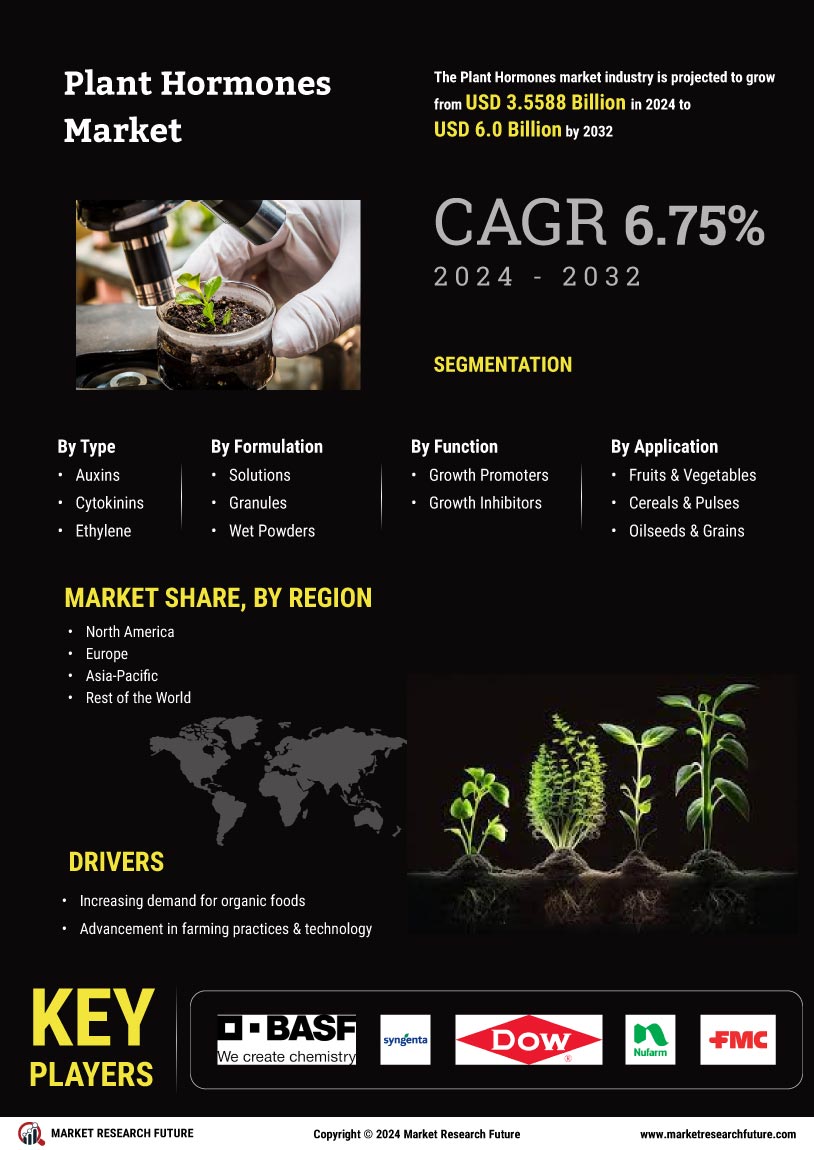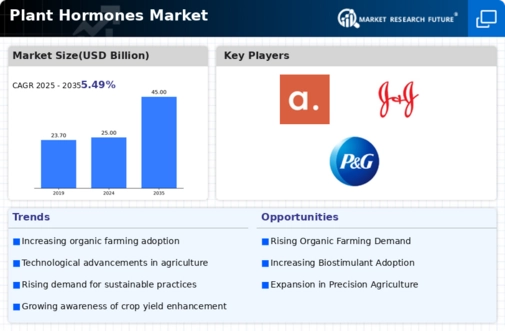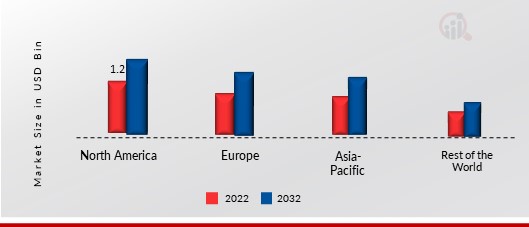Rising need for enhanced crop productivity backed by government support is driving the market growth
The market for plant growth regulators is expected to increase as a result of the rising demand for improving agricultural yield and rising consumption. The COVID-19 epidemic has increased demand for cereals on a scale. The principal producers of cereals worldwide are China, India, the United States, Russia, Brazil, Argentina, Indonesia, and France. The most common cereals in the world are corn, wheat, sorghum, rice, oats and rye. Worldwide, there is a significant demand for all types of crops, most notably grains, as a result of rising population and shifting consumer habits.
The increased output of cereals in Asian nations like China and India is due to both the availability of high-yielding grain varieties and significant advancements in crop production techniques.
Pesticide resistance is currently evolving in insects, weeds, and illnesses due to excessive overuse of pesticides. Farmers that use the same pesticides frequently eradicate the majority of the population who is vulnerable to the toxin. However, when the same pesticides are treated repeatedly and widely over time, the population as a whole becomes resistant to the pesticide due to the rapid population growth of these resistant individuals. When many pesticide applications are made to fields, weeds that have developed tolerance to many of them become superweeds and pose a severe threat to farmers.
The prevalence of herbicide resistance is rising, and some regions may have many different herbicide-resistant weed species growing in their fields, making weed control even more challenging. 25 weed species that are herbicide-resistant have already been found by experts in the US alone. Alopecurus monureides, a single weed in the UK, affects the yield of this cereal crop by up to 800,000 tonnes, according to the Chemistry World blog of April 2021. This represents a cost of USD 449.2 Million (£380 million) per year in lost income to farmers.
However, agrichemical corporations release new formulations of several herbicides rather than addressing the underlying causes of resistance. These new formulations occasionally include older, riskier substances like 2,4-D, dicamba, and atrazine. The quantity of chemicals sprayed on crops may significantly rise as a result of these reformulations. Depending on how they are sprayed, some pesticides can stray from their intended target and harm other crops. For instance, the EPA approved dicamba in 2017 for aerial spraying with soybean seeds that had been genetically modified to be resistant to the pesticide, replacing its prior approval for just ground spreading.
Farmers had high hopes for dicamba as a weapon to combat glyphosate-resistant superweeds, but things rapidly turned sour because dicamba is very volatile even when used as directed on the label. It may transform back into gas, drift over a distance of several kilometres, and destroy or harm any plant matter wherever it falls. In one instance, dicamba drift harmed 25 states' worth of vegetables, fruits, and trees in addition to 3.6 million acres of non-resistant soybeans in nearby fields. Thus, driving the Plant Hormones market revenue.
The increasing adoption of sustainable agricultural practices appears to drive the demand for plant hormones, which are recognized for their potential to enhance crop yield and resilience against environmental stressors.
U.S. Department of Agriculture















Leave a Comment